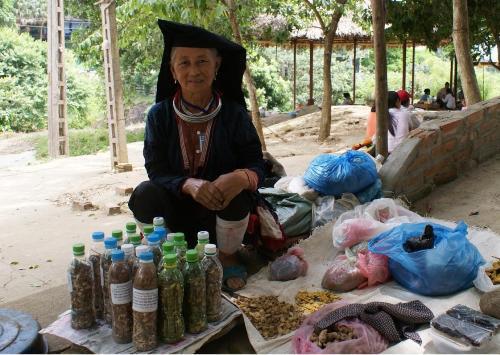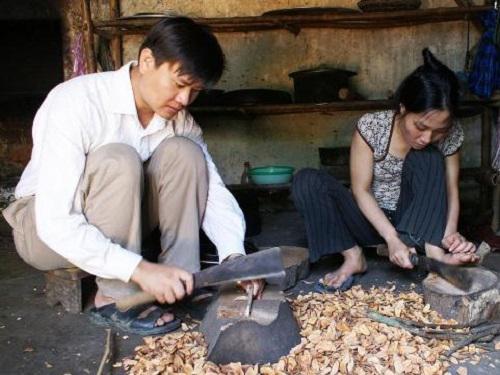Hoang Van Sam
Other projects
The aims of my project are to make an inventory and to assess the status of exploitation and trade of medicinal plants by Dao and Muong Ethnic minority groups in Ba Vi National Park, in order to identify management problems and make recommend suitable solutions for the conservation and development both medicinal plants and traditional knowledge of local people in the research area.

Ba Vi National Park was established in 1992. A core zone area about 3000 ha, and buffer zone of approximately 15,000 ha. Flora of the Park has about 800 plant species, belong to 427 genera and 98 families. Out of them 13 local endemics species, 10 species listed in the Vietnamese Red Data Book for rare and endangered plants. There is a population of some 46,000 people, belonging to Kinh, Muong and Dao groups living in the Park. Of them, Kinh (Viet) is the major group, Dao and Muong are ethnic minority groups and they constitute the major users of Medicinal plants in the Park. This study focuses on traditional medicinal plants are defined and used by two this ethnic groups. They reside in seven communes consisting of about 1700 Dao and 17.000 Muong people. Most of Dao, and Muong families are depend on harvesting of natural resources.

Through the activities of the project, we hope:
1. To contribute a better understanding of the biodiversity and to improving the conservation of medicinal plants of Ba Vi National Park.
2. To raise the awareness among responsible authorities, students in the Vietnam Forestry University, and local people about the status of medicinal plant species in the research area.
3. To conserve and develop the indigenous knowledge of Muong and Dao ethnic groups on medicinal plants.
4. To recommend of the cultivation of medical plants in home gardens, especially rare, high market demand, and high economic value species. This will not only reduce the harvesting pressure on medicinal plants of the forest but also contribute to improving the income and health care of local people.
5. To provide dry specimens for the herbarium of the Vietnam Forest University, those materials can be used for teaching and studying by lecturers, researchers and students at the Vietnam Forest University.